Cover image: Brainstorm by Willian Murai
On October 13th, Wizards quietly dropped an Arena banned list update. Initially unremarkable, it banned Brainstorm and Tibalt’s Trickery in Historic and suspended Memory Lapse. No changes are coming to Standard, at least until Innistrad: Crimson Vow drops next month, so keep crafting Alrund’s Epiphany and Esika’s Chariot. Brainstorm’s days were numbered, and Tibalt’s Trickery has gotten more consistent in the last couple of months, so their bans surpised few. The only unexpected part of the update was that Wizards would be altering the as-digitally-printed text on five cards printed only in Jumpstart: Historic Horizons.
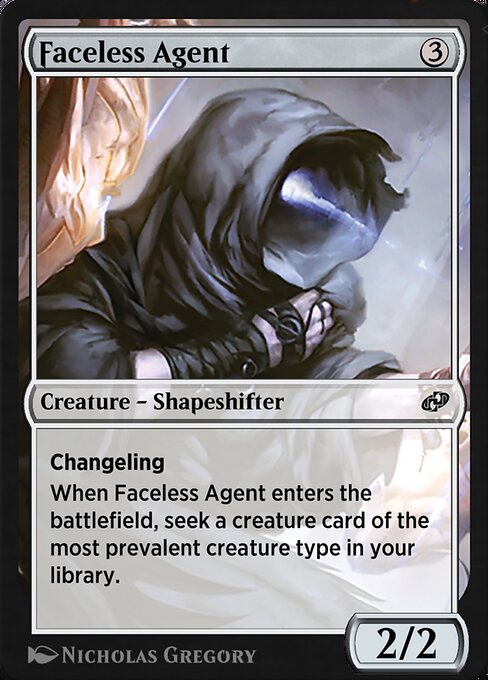
Subversive Acolyte and Faceless Agent received +1 to their toughness—a minor rebalancing to make them more resilient and thus reasonable cards in the format. The Acolyte has also had its mana cost shifted to (1)(B) instead of double-Black, so these are pure upgrades (outside of corner cases like Recruiter of the Guard). It’s odd to spend time and capital adjusting such a nothing card as Faceless Agent, which has only ever seen play in Jumpstart queues, but maybe Wizards knows something I don’t.
Subversive Acolyte’s end state—either Phyrexian Negator or a 3/4 Lifelinker—hasn’t changed; while they’ve increased its base toughness, they’ve reduced the toughness boost from its ability to even it out. In other words, it’s exclusively a change to make it less susceptible to Kolaghan’s Command or Shock and thus a direct intervention by Wizards to make these cards worth playing. Similarly, Sarkhan, Wanderer to Shiv was altered to add +1 loyalty to his once-zero loyalty Shivan Dragon ability, making him a slightly better card. Not a huge change, but a huge step in terms of demonstrating willingness to revise cards.
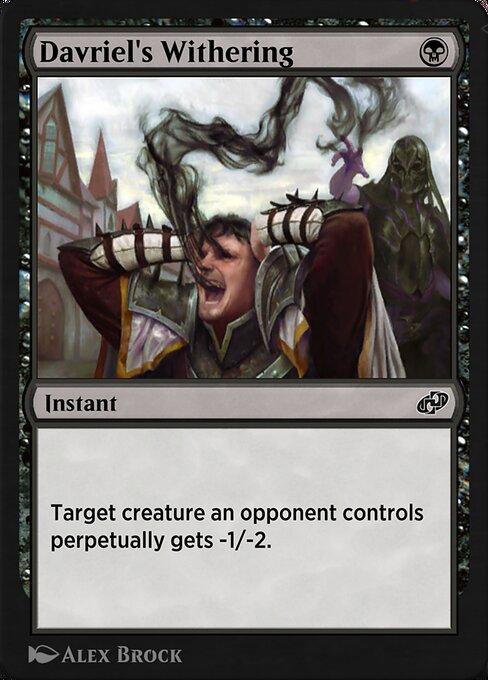
The more important and intriguing metagame-balancing change comes on Davriel’s Withering and Davriel, Soul Broker. Both have been significantly revised to only affect cards controlled by your opponents. Davriel can now only give -3/-3 to a creature an opponent controls, and his Withering can likewise only target opposing creatures. This means that the Vesperlark/Withering deck in Historic is completely neutered—justifiably, as it was pretty tedious and obviously emerged from a failure to test the deck during design and development.
That sort of untested interaction pops up now and again, but with this announcement, Wizards is getting unprecedentedly proactive. Would Wizards, rather than temporarily ban the Book of Exalted Deeds in the now-defunct Standard 2022 Arena queues, have changed Book of Exalted Deeds to read “target nonland Angel?” How granular are they willing to get with this digital-only functional errata? Adjusting power and toughness is a pretty subtle but bold move—it speaks to a willingness to get hands-on beyond just fixing the more broken cards.
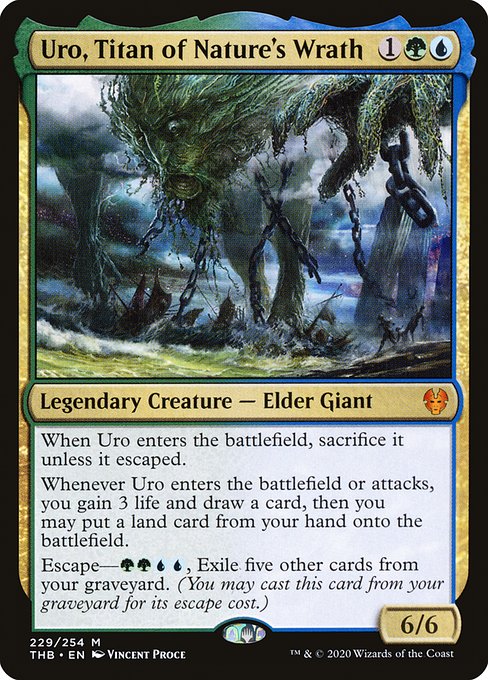
Notably, Wizards is reserving the ability to potentially “rebalanc[e] previously banned cards so they can be safely returned to play in digital formats only.” So far, this only tweaks a handful of the digital-only cards, but Wizards has left the door open to potentially alter previously printed cards to preclude digital bans. They won’t have different versions of cards on digital versus physical platforms, so any change to cards on Arena would have to translate to physical versions of those cards. Say Wizards is unhappy with the win rate of Dragon’s Rage Channeler in Historic, but they don’t want to ban the card—would they be comfortable with changing its base stats to 0/1?
Could there be literal physical errata issued by Wizards—that is, legacy-game-style stickers to place on the physical cards? A minuscule (2) to place over Uro’s (1)? A sticker to overlay across Once Upon a Time’s text box? A “What If?” Secret Lair with physical printings of the rebalanced cards as played on Arena? With the Historic-only digital prints from Historic Horizons, it’s clear that Wizards is comfortable expanding the gap between digital and physical Magic, so this doesn’t seem to be a pressing concern for Wizards. I wouldn’t make any predictions based on this week’s news.
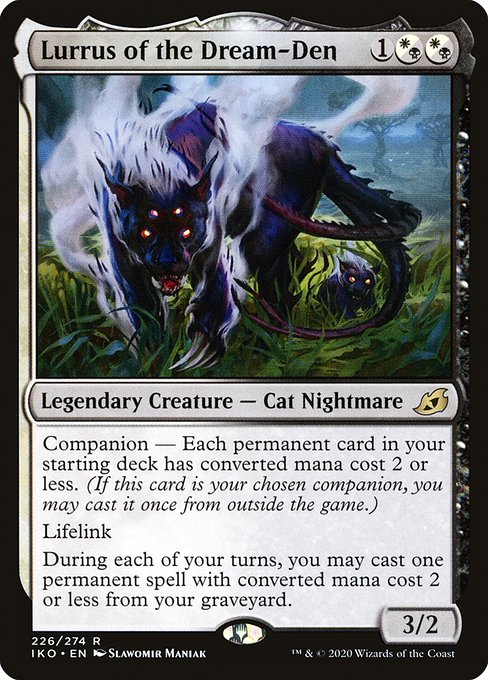
We have seen something similar, though—during the Companion crisis. Instead of banning a huge chunk of Ikoria—and that chunk all rares—they elected to issue functional errata to the Companion mechanic. Rather than casting your Companion from exile, you must first pay (3) to put it into your hand, effectively taxing all but Lurrus of the Dream-Den and Yorion, Sky Nomad out of competitive play. Obviously, since the cards had already been printed, this was not reflected in the text found on cards.
That’s a very minor change to force players and tournament staff to remember, universally applied to all Companion cards; it’s not as sticky a situation as, say, declaring that Oko, Thief of Crowns’ Elking ability now only applies to “target artifact or creature an opponent controls” or adjusting the food production ability to +1 instead of +2. It’s pretty hard to expect players to remember that in physical spaces, particularly when the original mistake is reinforced every time they read the card.
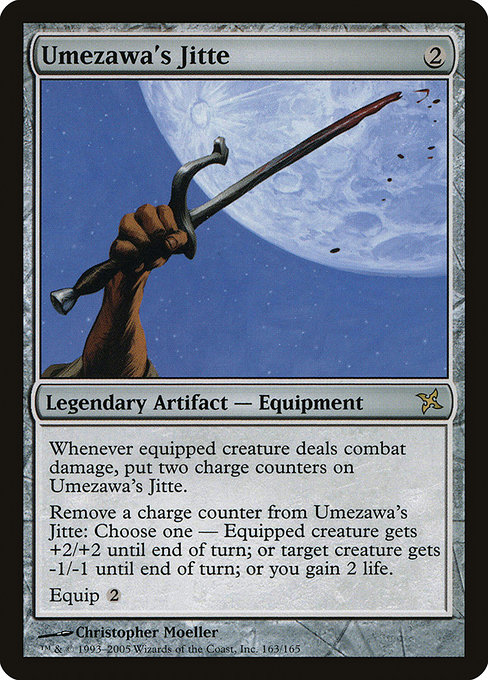
The only other time I recall this sort of physical revision being discussed in Magic’s history, albeit in a cruder, less universal way, was in Kamigawa block, when players suggested Umezawa’s Jitte be banned from Limited somehow. The most common solution was that any player who opens an Umezawa’s Jitte should immediately notify the tournament organizer, and would then be given a fresh pack of Betrayers to open and replace the pack with the Jitte. That’s a nightmare to enforce and iffy in ethos—“I should be able to play the cards I open out of a legal booster pack” is one of the staunchest standards of Magic—and it never ended up happening. The Companion nerf, however, demonstrates that Wizards is willing to embrace once-verboten tactics in the face of a gameplay crisis.
That makes sense: preventing crises is their job. This can take the form of emergency action—banning cards, revising rules, rebalacing cards—but is also just part of the larger design of Magic. The trend in Magic that has undergirded every design decision since the grand reinvention of 2009 is to reduce the friction of the game by removing negative emergence. Players who get frustrated are players who stop buying cards, and so Wizards’ primary goal is to minimize the frustration of the moment-to-moment gameplay of Magic. Removing damage on the stack, eliding drawbacks on cards, reducing two-card combos, introducing double-faced modal cards, tweaking mulligan rules, decreasing dead-draw cards—everything in the last decade-plus has been geared towards smoothing gameplay and fostering affection towards the game.
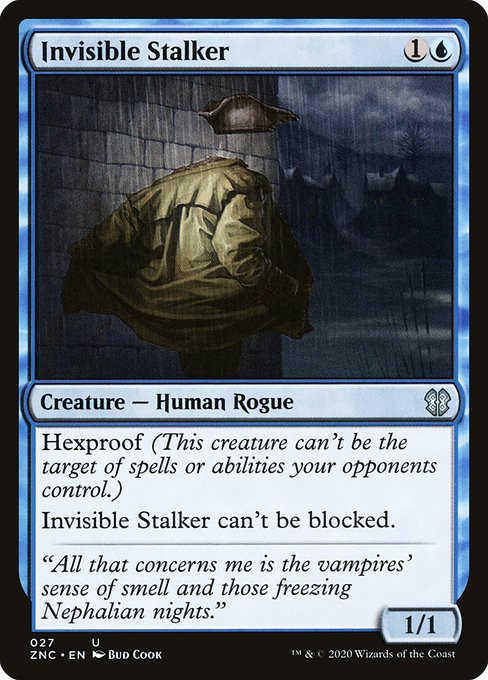
Magic can be an incredibly frustrating game: a terrifically capable player with hundreds of hours of experience with their deck in a favorable matchup can still mulligan their way out of the game. Likewise, you can start drafting a tight, bomb-laden deck and be punished by a string of bad picks outside your colors in pack two, setting you way back. You can draw nothing but enablers and no payoffs in your Storm deck, and so on. Back in the 1990’s, Magic articles were a litany of bad beat stories, complaints about mana flooding, rants about rips and misses and infinite combos.
Now, in the era of double-faced lands, reasonable main deck cards with fringe alternate modes, plentiful Scry, the ecology of content creation, and direct-to-consumer products, Wizards has ameliorated the more endemic issues with Magic design to encourage growth and player retention. It’s been beneficial in many ways—games feel like games, rather than coin flips. Some things still fall through the cracks, of course: Tibalt’s Trickery is the epitome of a “coin flip” deck.
Tibalt’s Trickery and Davriel’s Withering have something in common: they were both untested as tools against your own cards. Both of these could have been fixed in development by changing them to “a creature/spell your opponent controls.” Because Wizards has trained themselves through their own design standards into thinking players are only seeking the most pleasurable, upside-focused experience, they didn’t think players would aim Davriel’s Withering at their own creatures or Tibalt’s Trickery at their own zero-cost spells. Surely they assumed there would be individual instances where that happened, like casting Doom Blade on your bomb that’s the target of Control Magic, but they didn’t appear to anticipate entire combo decks built around these two cards.
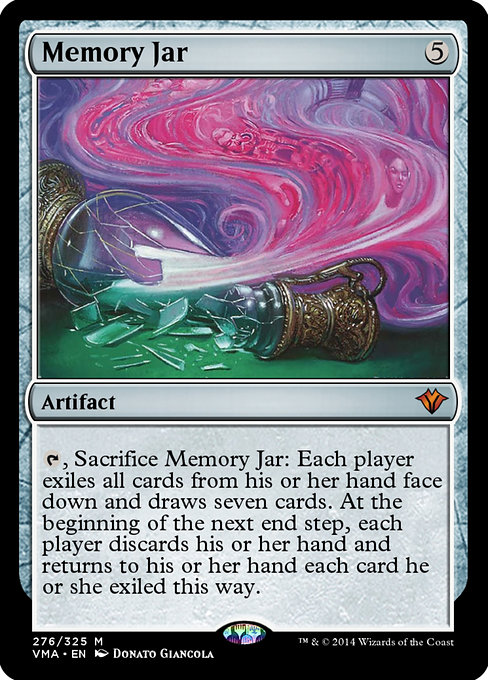
This has always been an issue with Magic—from not testing Memory Jar with Megrim to rushing Skullclamp out of the door with last-minute “rebalancing,” Wizards cannot gather enough data in-house to grasp every nuance of every card they print. Players are the beta testers, who mostly test a safe product, but occasionally we get a real mutant. Where once that meant a mea culpa from Wizards, the banning of the card in question, the issuance of wildcards, etc., now it can be as simple as a patch note. No apologies and attendant PR hit, no return of product, no bad feelings in the player base—a seamless, streamlined revision process.
Authors are notorious for post-facto revisions. Evelyn Waugh revised Brideshead Revisited to cut out his “excess,” which I’d characterize as necessary atmosphere, and Mary Shelley returned to Frankenstein two decades after its initial publication, following her husband’s death. Stephen King revised both The Stand and the earliest Dark Tower book, The Gunslinger, for later publication, including references to mythology that he established thirty years after the original and erasing the earlier version from publication.
Authors have the right to revise their work. I personally find it aesthetically suspect and essentially cowardly—like telling an ex-lover, “hey, remember back when we had that big fight in 2017? Okay, so I was thinking about that again and I had some new arguments.” But what really troubles me is that, without careful third-party archival work, the originals are lost. There’s no legal way to purchase the Star Wars trilogy as it debuted in theaters, only in the Special Edition versions, which added murky CGI figments and copy-paste Stormtroopers and not much else.
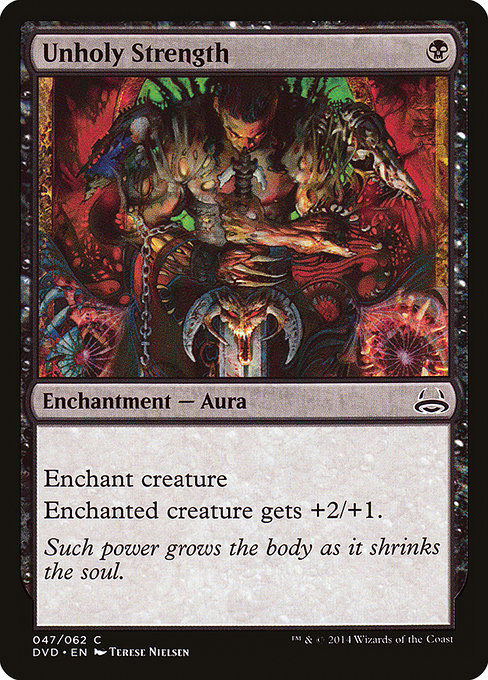
For me, the legacy of changes are what make works of art living documents. Make all the changes you want, but preserve the stages in between. Magic is in an interesting position in 2021: it’s commercial art, but it’s also art, and more popular than it’s ever been. As it continues to grow and hybridize with other franchises—like a tie-in deal with Netflix’s Stranger Things, an overt example to cross-promote both brands—it runs the risk of losing not the base function of the game, but its ambient identity.
We’re not there yet and may never get there, because there’s such a long legacy of Magic feeling like Magic. Having Winona Ryder depicted on a card isn’t my personal preference for Magic, but it’s not like they can take my Plague Engineers away from me or force me to build an Adventure Zone Commander deck. (You know it’s coming, though.) At its core, Magic lives on because of the players, and I don’t see that changing any time soon.
A lifelong resident of the Carolinas and a graduate of the University of North Carolina, Rob has played Magic since he picked a Darkling Stalker up off the soccer field at summer camp. He works for nonprofits as an educational strategies developer and, in his off-hours, enjoys writing fiction, playing games, and exploring new beers.

